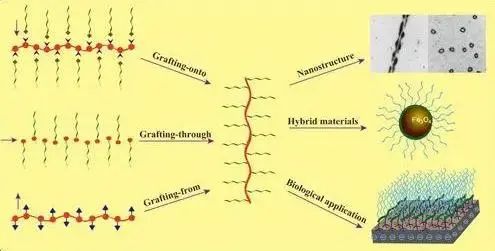Four flame retardant technologies--Graft and crosslinking modification techniques
Graft and crosslinking, originally used in modification of polymer materials such as conductivity, high strength and other functionalization techniques, have been gradually used in recent years to increase the flame retardant properties of materials.
Graft copolymerization refers to the polymerization of a certain monomer, in the main polymer branch of the polymer components, through chemical bonds to the previous branch of the reaction. Graft copolymers are usually obtained by free radical, ion addition, or ring-opening polymerization of the monomer in the presence of reactive macromolecules.

Generally, the flame retardancy of the material is improved by graft copolymerization, which is similar to the expansion mentioned above. The flame retardancy effect is also realized by carbonization.
Because the grafted monomer can form an adhesive inorganic insulating layer on the surface of the polymer, it can realize the flame retardant of the polymer. In addition, the crosslinking of the polymer material itself or its pyrolysis products in the condensed phase can also reduce the formation of combustible material, thus improving the flame retardant performance of the material.


